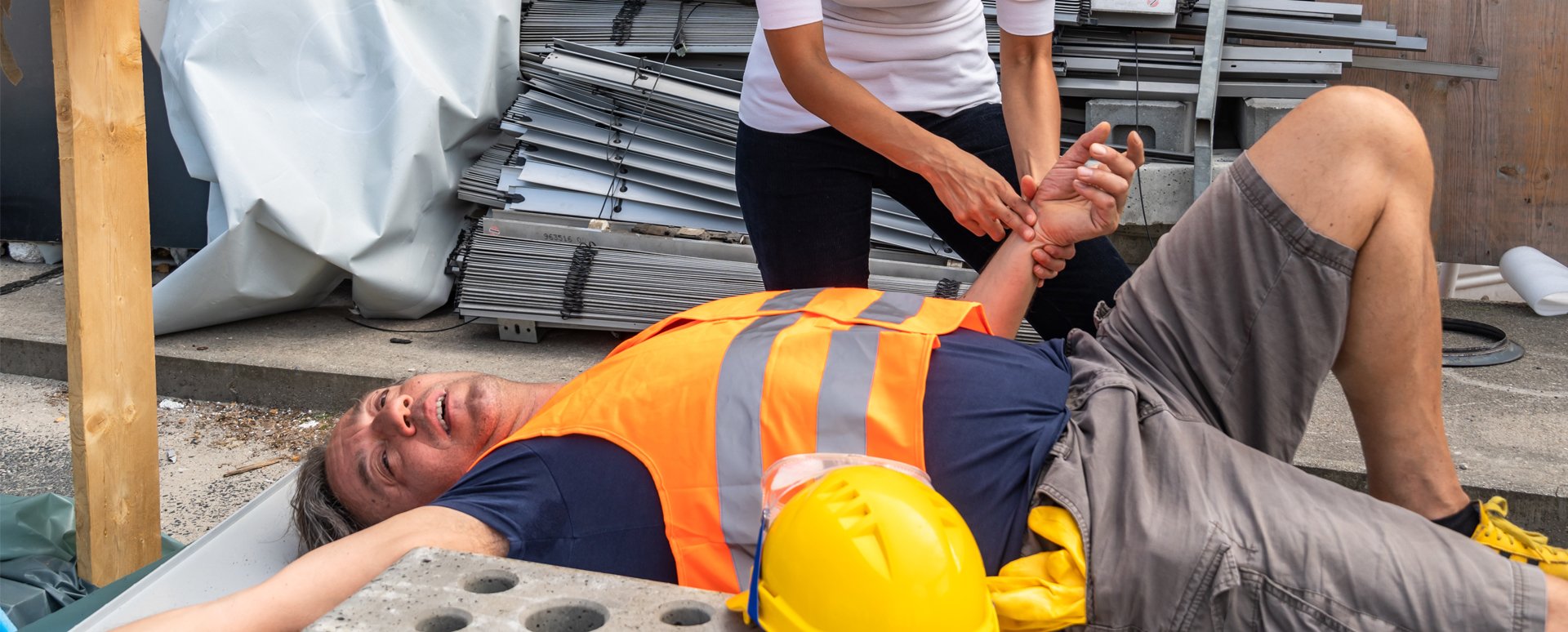Blackline Safety is a technology leader driving innovation in the industrial workforce through IoT (Internet of Things). With connected safety devices and predictive analytics, Blackline enables companies to drive towards zero safety incidents and improved operational performance. Blackline provides wearable devices, personal and area gas monitoring, cloud-connected software and data analytics to meet demanding safety challenges and enhance overall productivity for organizations with coverage in more than 100 countries. Armed with cellular and satellite connectivity, Blackline provides a lifeline to tens of thousands of people, having reported over 200 billion data-points and initiated over seven million emergency alerts. For more information, visit BlacklineSafety.com and connect with us on Facebook, Twitter, LinkedIn and Instagram.
Strokes in the Workplace: Recognizing and Responding
Blackline Safety, Leader in Connected Gas Detection & Lone Worker Safety
December 12, 2013
 In the United States, stroke is the fourth leading cause of death, killing over 133,000 people each year, and a leading cause of serious, long-term adult disability. -Stroke 101 Fact Sheet, National Stroke Association
In the United States, stroke is the fourth leading cause of death, killing over 133,000 people each year, and a leading cause of serious, long-term adult disability. -Stroke 101 Fact Sheet, National Stroke Association
When a co-worker is suffering a stroke, time is of the essence. Every minute during a stroke, two million brain cells die - increasing the risk of permanent brain damage, disability, or even death.
Signs of a Stroke
The Canadian Heart and Stroke Foundation list the following symptoms as signs that a stroke may be occurring:
Weakness - Sudden loss of strength or sudden numbness in the face, arm, or leg, even if temporary.
Trouble Speaking - Sudden difficulty speaking or understanding or sudden confusion, even if temporary.
Vision Problems - Sudden trouble with vision, even if temporary.
Headache - Sudden severe and unusual headache.
Dizziness - Sudden loss of balance, especially with any of the above signs.
Both the United States National Stroke Association and the UK Stroke Association recommend using the FAST system to recognize strokes:
F - Face | Ask the person to smile. Does one side of the face droop?
A - Arms | Ask the person to raise both arms. Does one arm drift downwards?
S - Speech | Ask the person to repeat a simple sentence. Does the speech sound slurred or strange?
T - Time | If you observe any of these signs (independently or together, call 9-1-1 (USA & Canada) or 9-9-9 (UK) immediately.
Responding to a Stroke
If you recognize that you or a coworker is suffering from a stroke, it is important to contact 9-1-1 or your local emergency number immediately. Do not drive yourself or your co-worker to a hospital. Doing so can lose precious minutes of time due to various factors including traffic or arriving at a hospital that is unprepared to receive and assist with a new stroke patient. By taking an ambulance, the sufferer of the stroke will be taken to the nearest, and most prepared hospital and time will be saved by avoiding the initial hospital check-in that might be performed if you arrive at the hospital through the front door.
Strokes at Work
A stroke can be especially devastating when it happens to an employee who is working alone or in isolation. Because every minute counts, any unnecessary delays in contacting emergency personnel can be fatal. For instance, if an employee is working away from others and suffers a stroke, his or her next phone check-in may not occur for another hour. That is an entire hour before anyone knows that he or she is suffering from a stroke. With such large delays, the risk of permanent damage and disability increases significantly.
To reduce this risk, consider deploying a lone worker safety monitoring device. If a worker realizes that he or she is suffering from a stroke, they need only to pull an easy-to use emergency latch to request immediate help. If the employee is unable to request help, automated alerting features can also notify management for a prompt response.
Get In Touch
Let’s start a discussion about your safety challenges and needs.
Related Blog Posts
Real-Life Incident: Mason’s Story — High H2S Exposure
November 25, 2025
“Shortness of breath. Request EMS to the location.” How Real-Time Gas Detection Led to a Quick Save Exposure to toxic gases can go from a strange...
Real-Life Incident: Gerry’s Story: Alone in the Boiler Room With CO
October 21, 2025
When a routine patrol became a potential gas poisoning tragedy, quick action and life-saving technology made all the difference. It was a routine...
Real-Life Incident: Brian’s Story - Containing a Texas Brush Fire
August 26, 2025
How quick action stopped a blaze from spreading, safeguarding nearby neighborhoods In a farming community in rural Texas with a population fewer...


